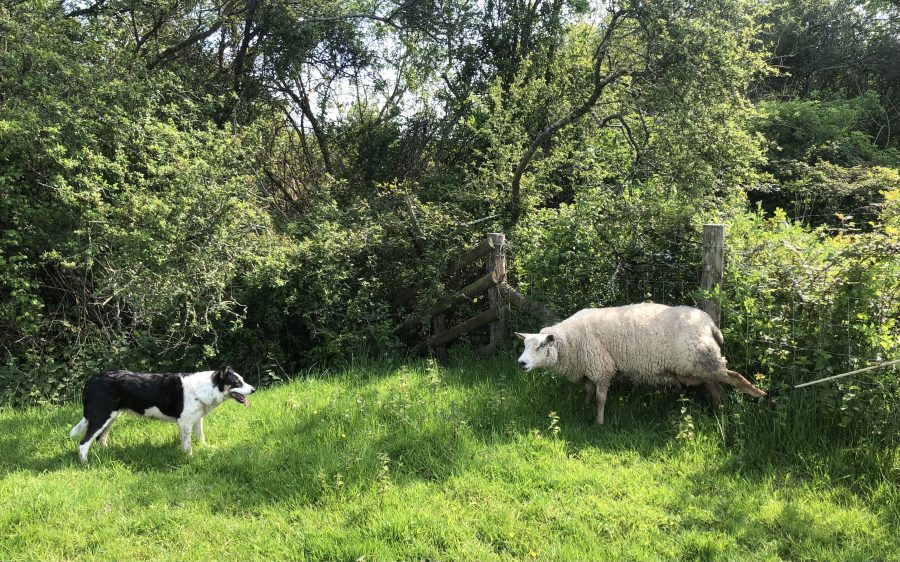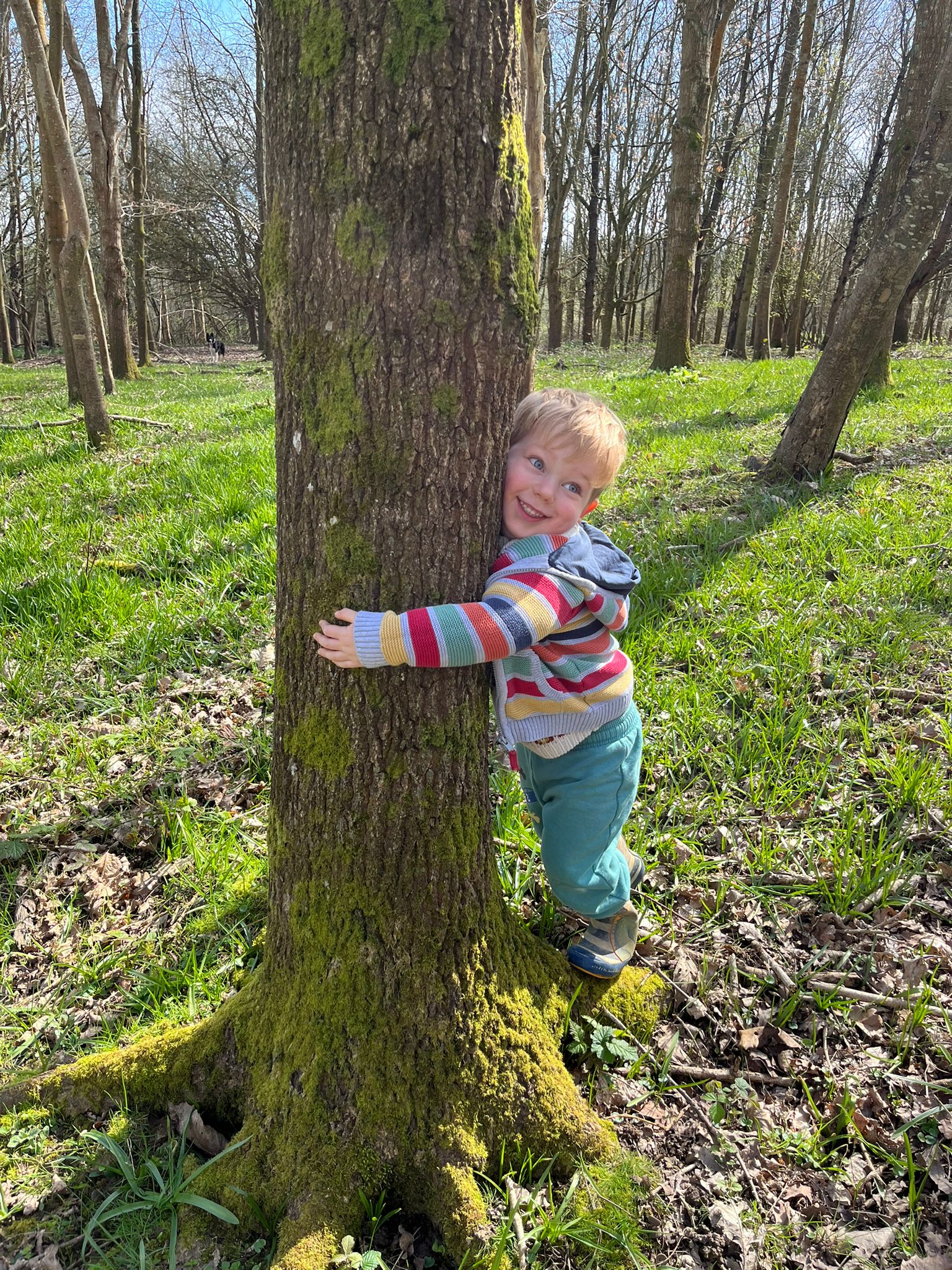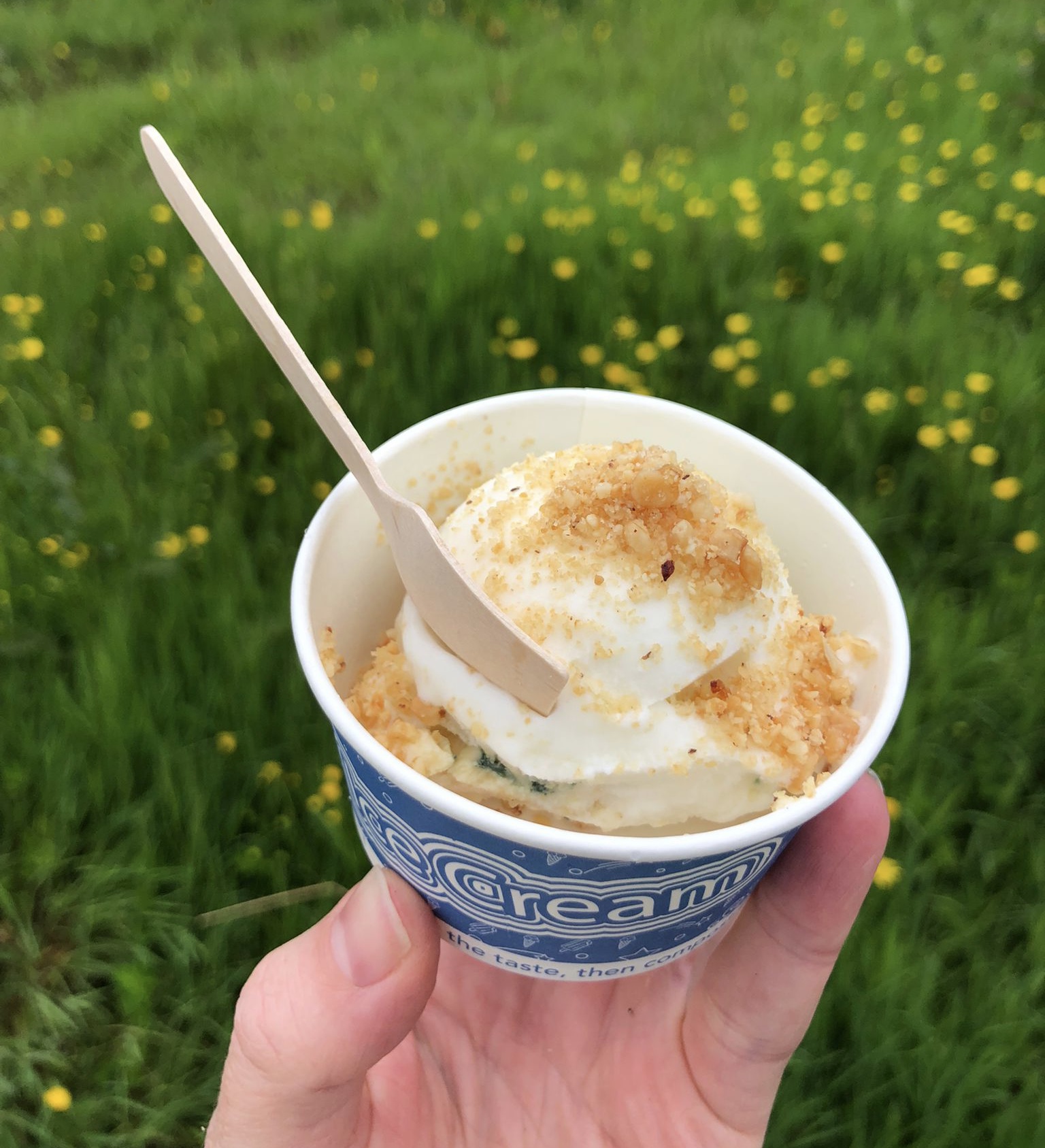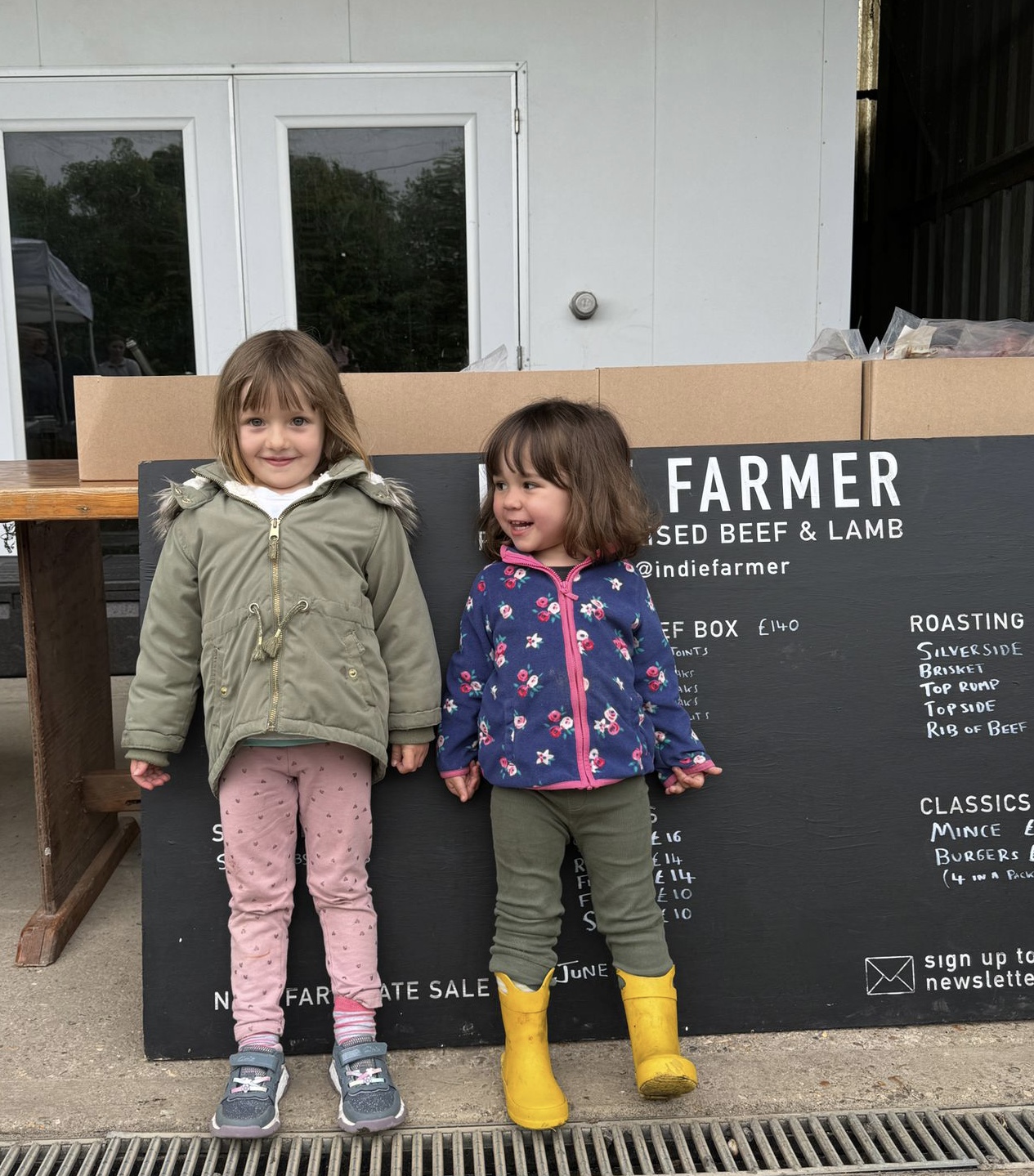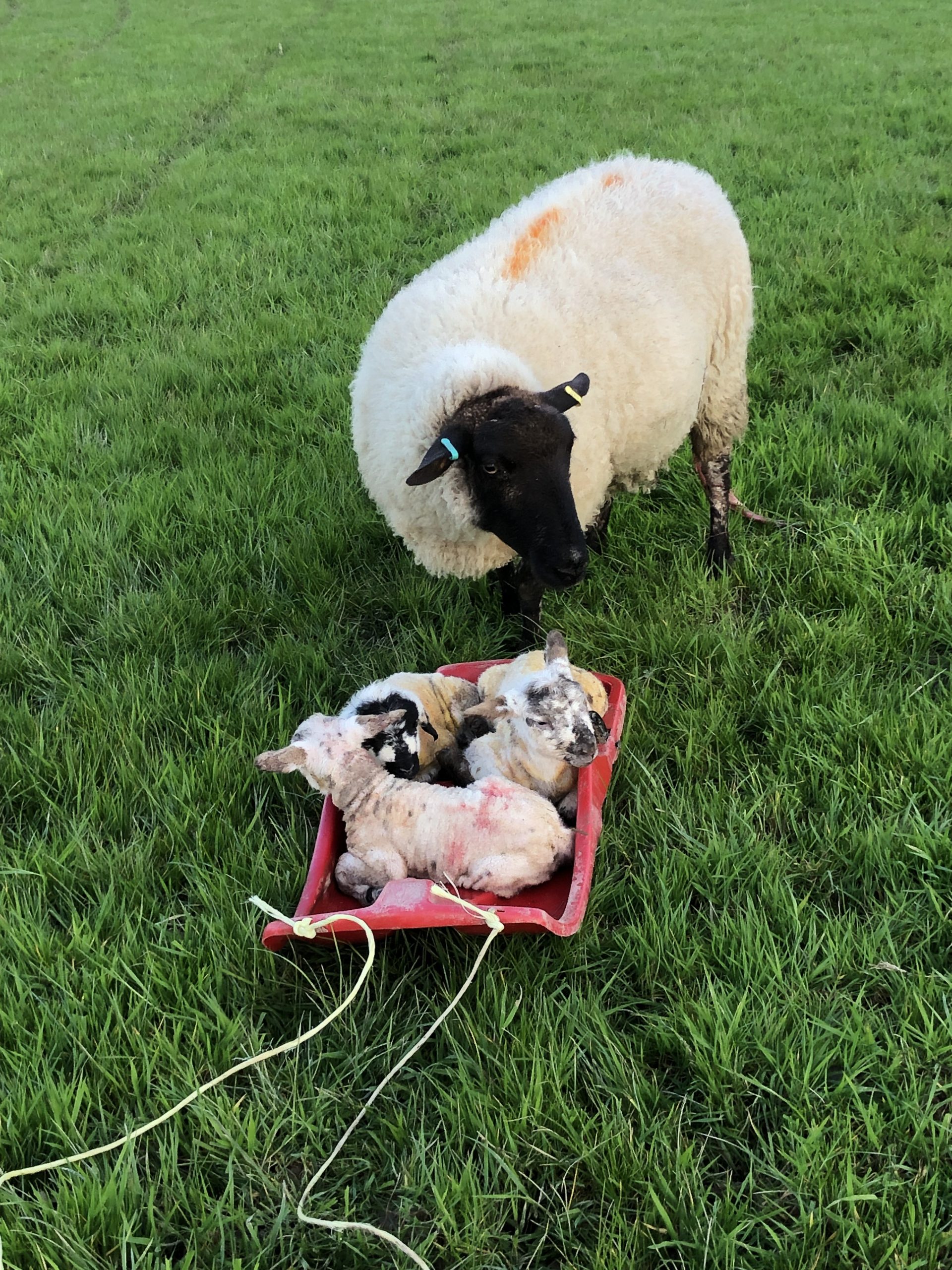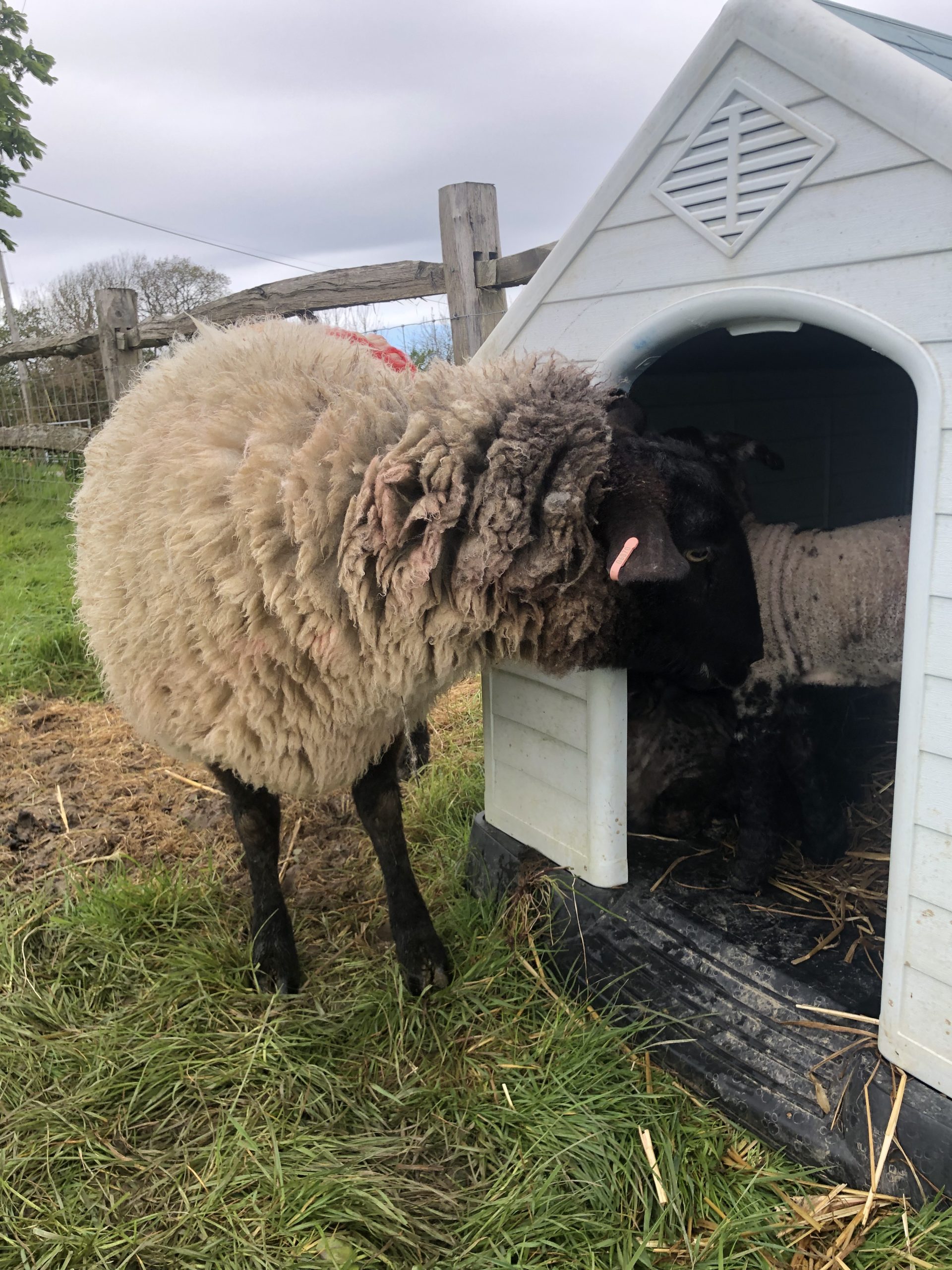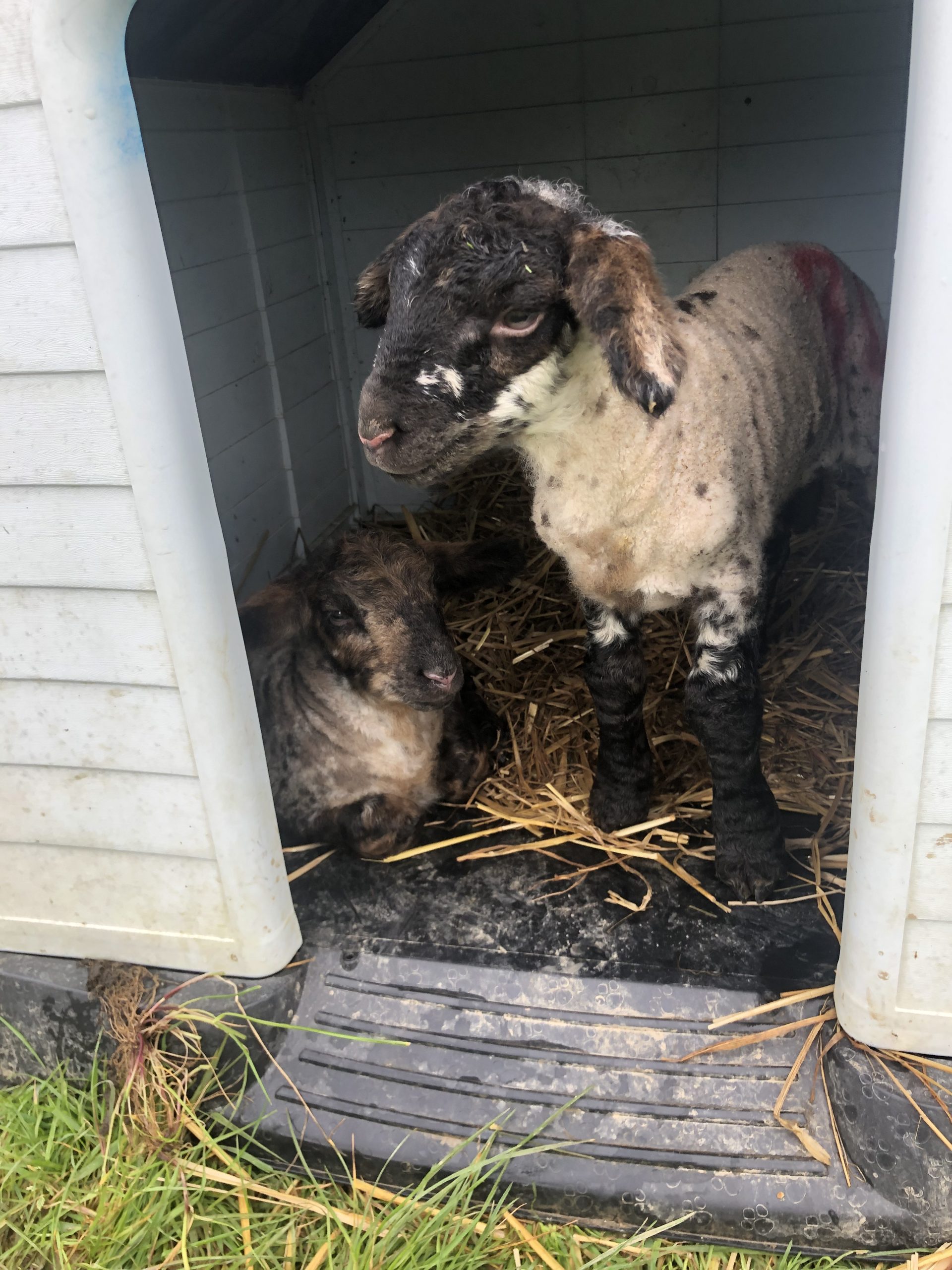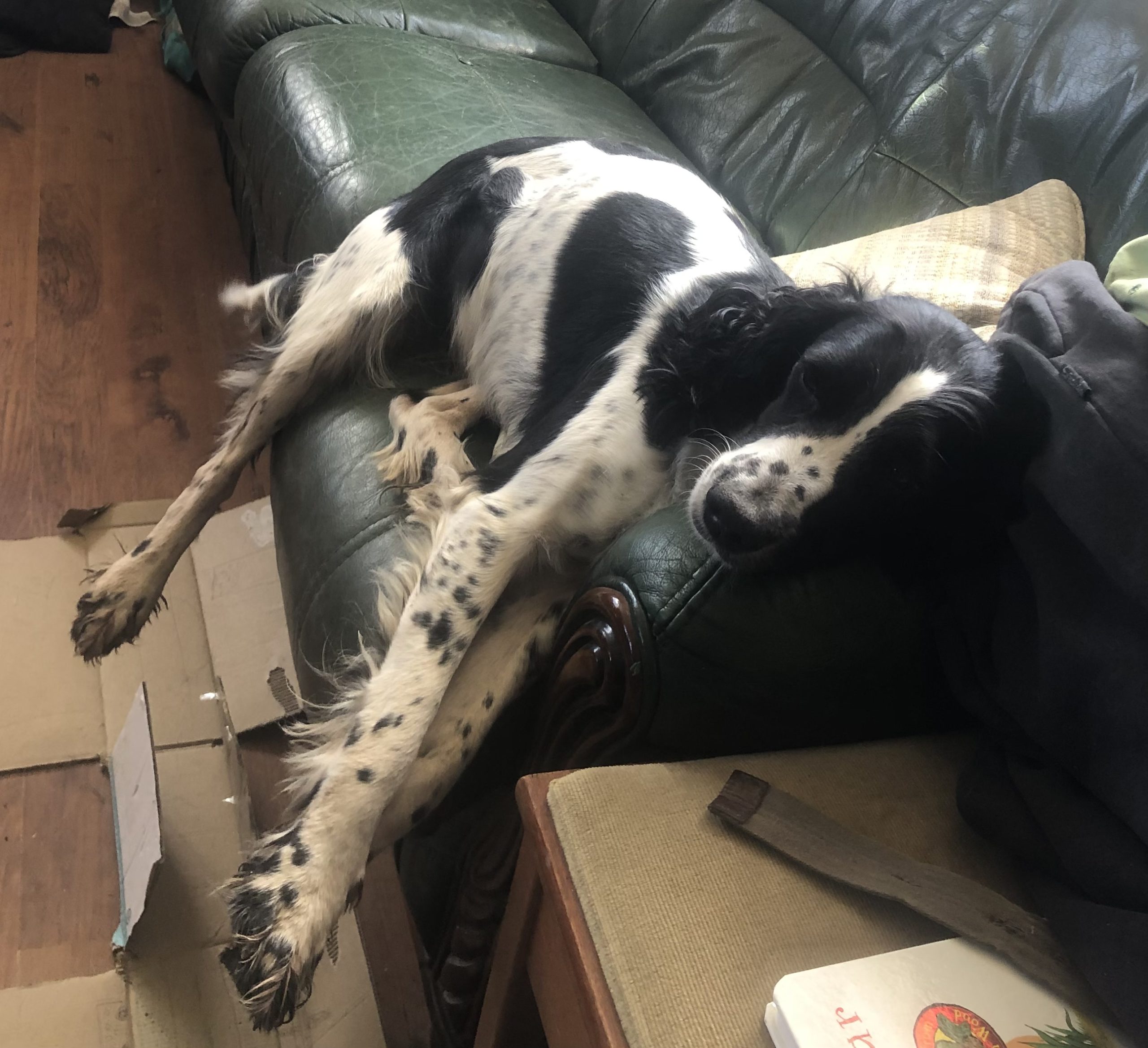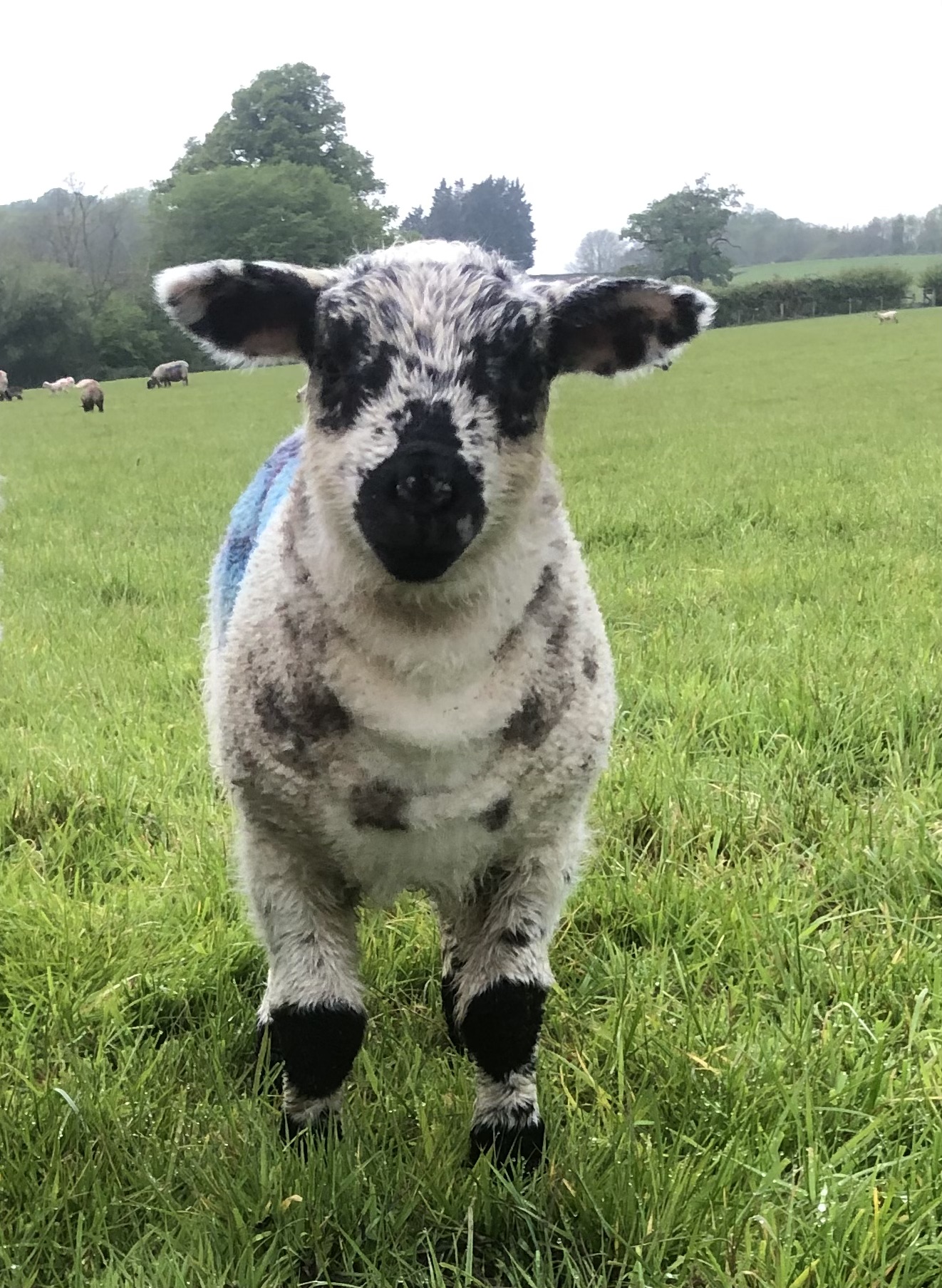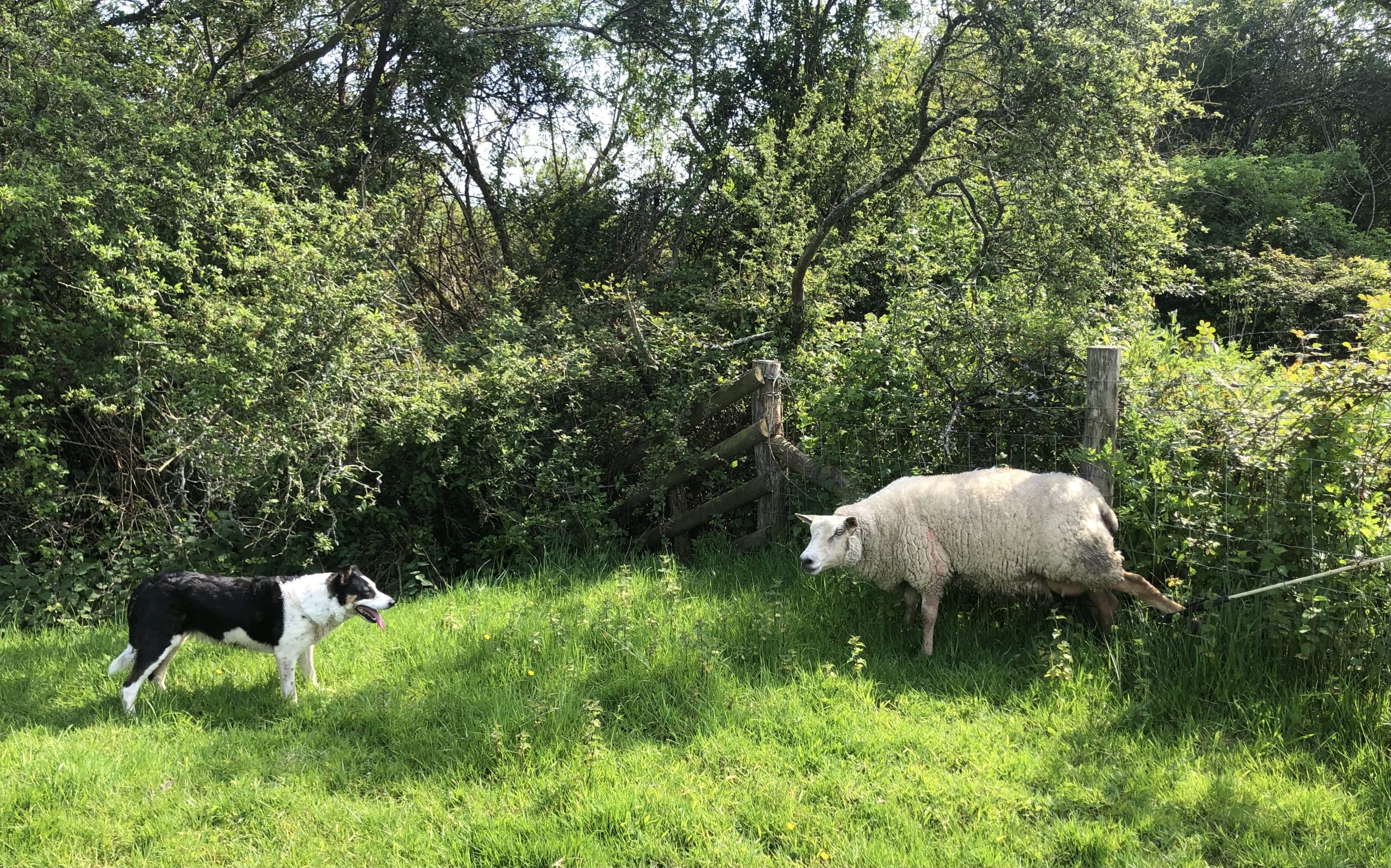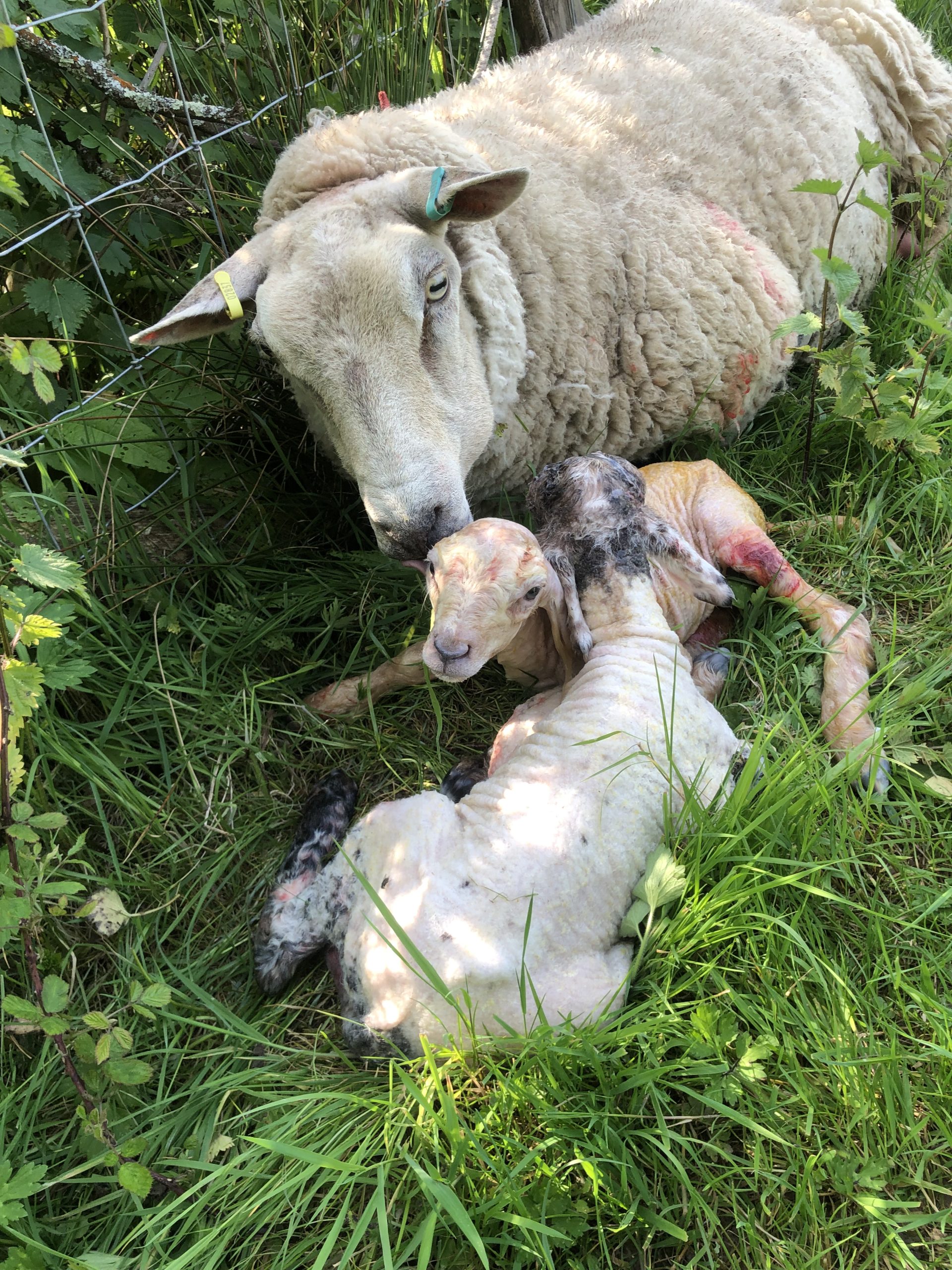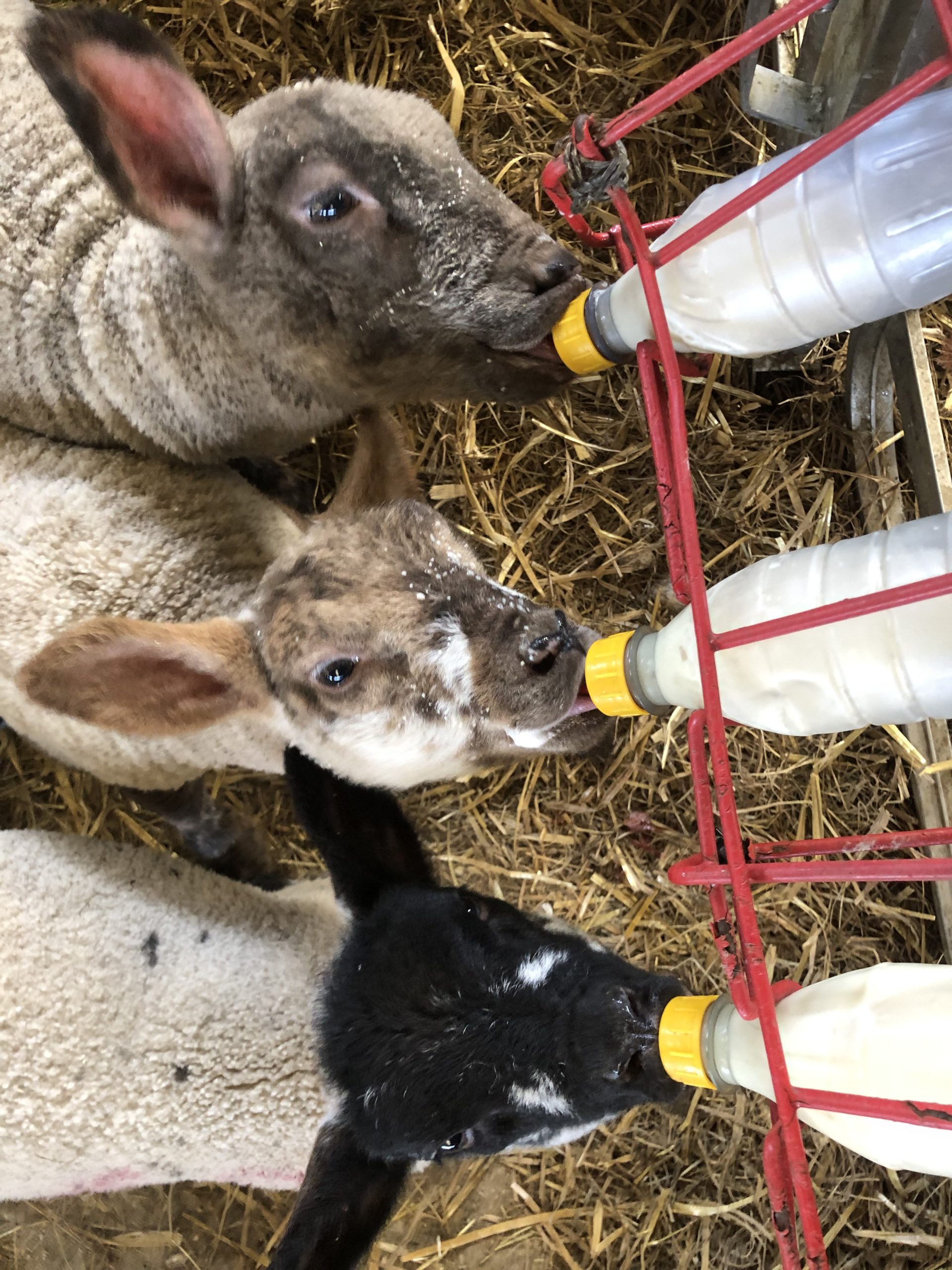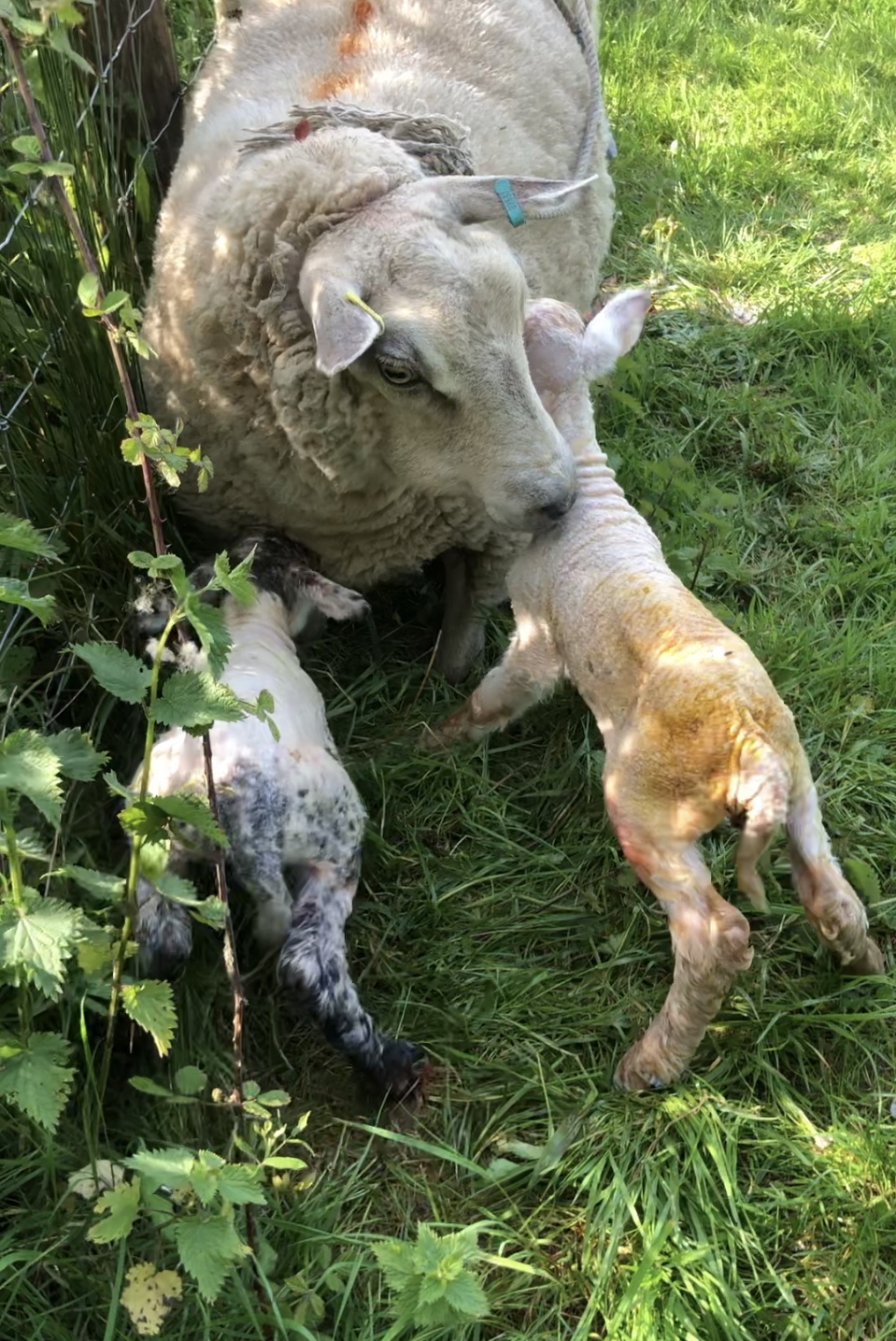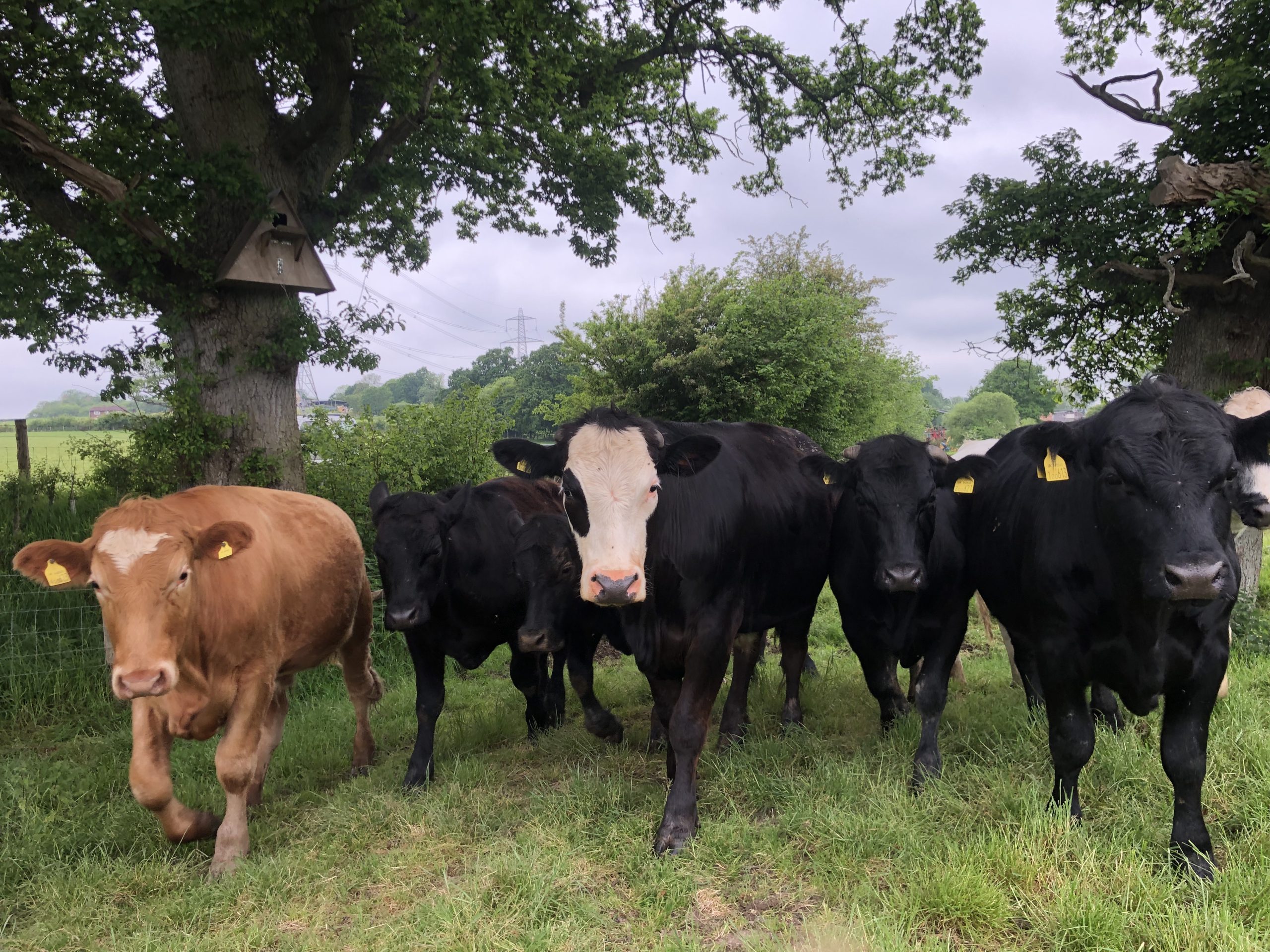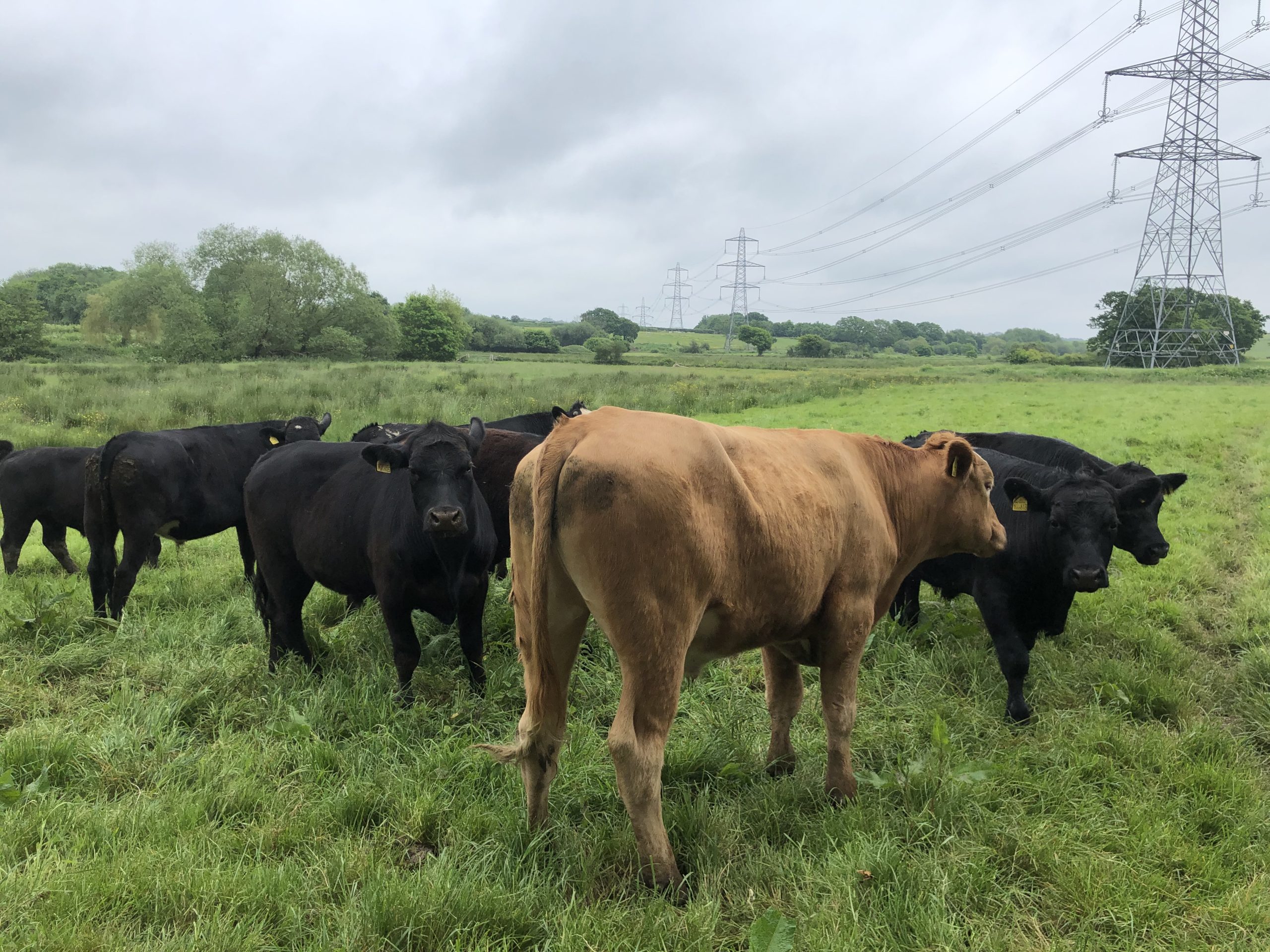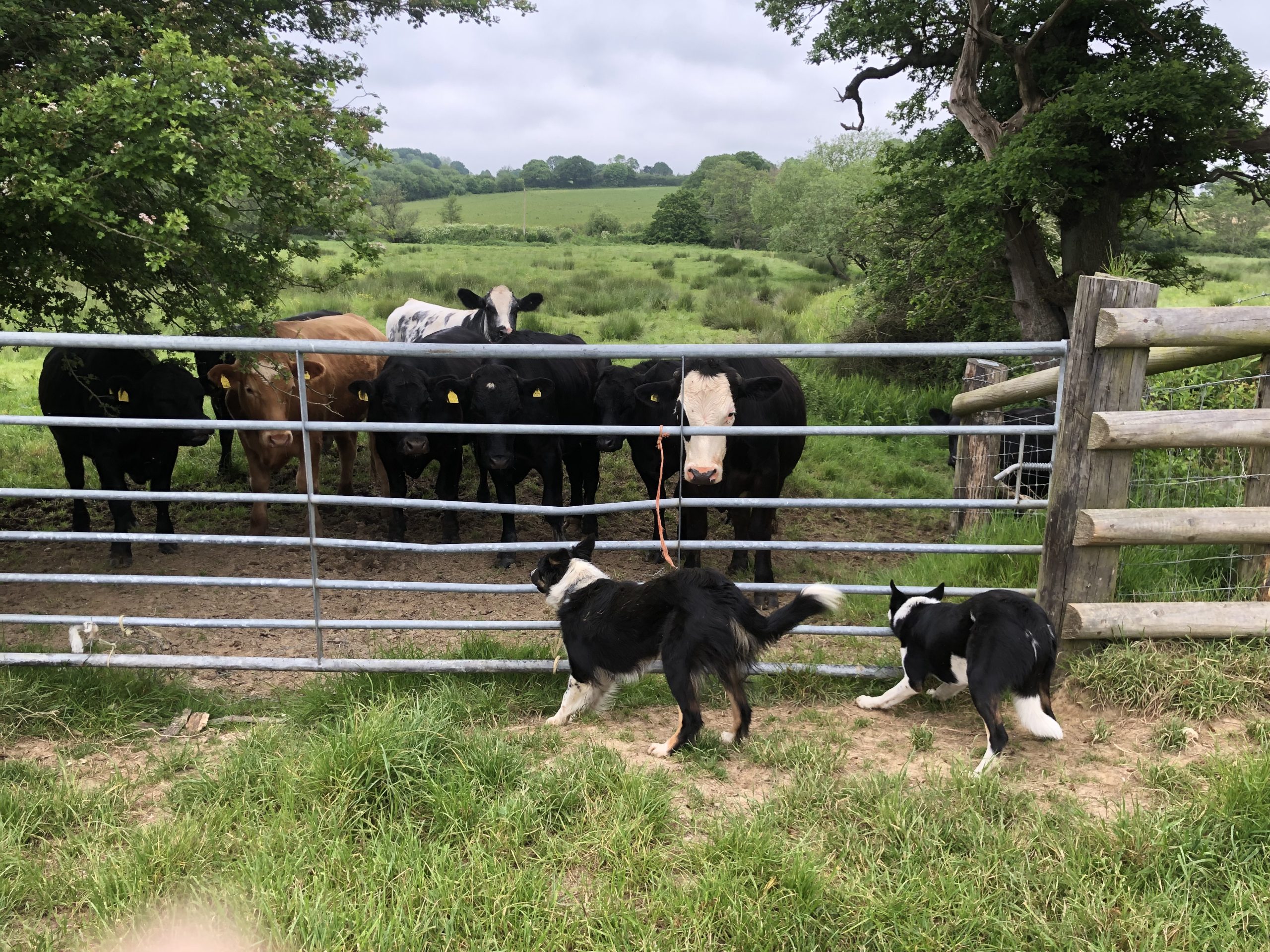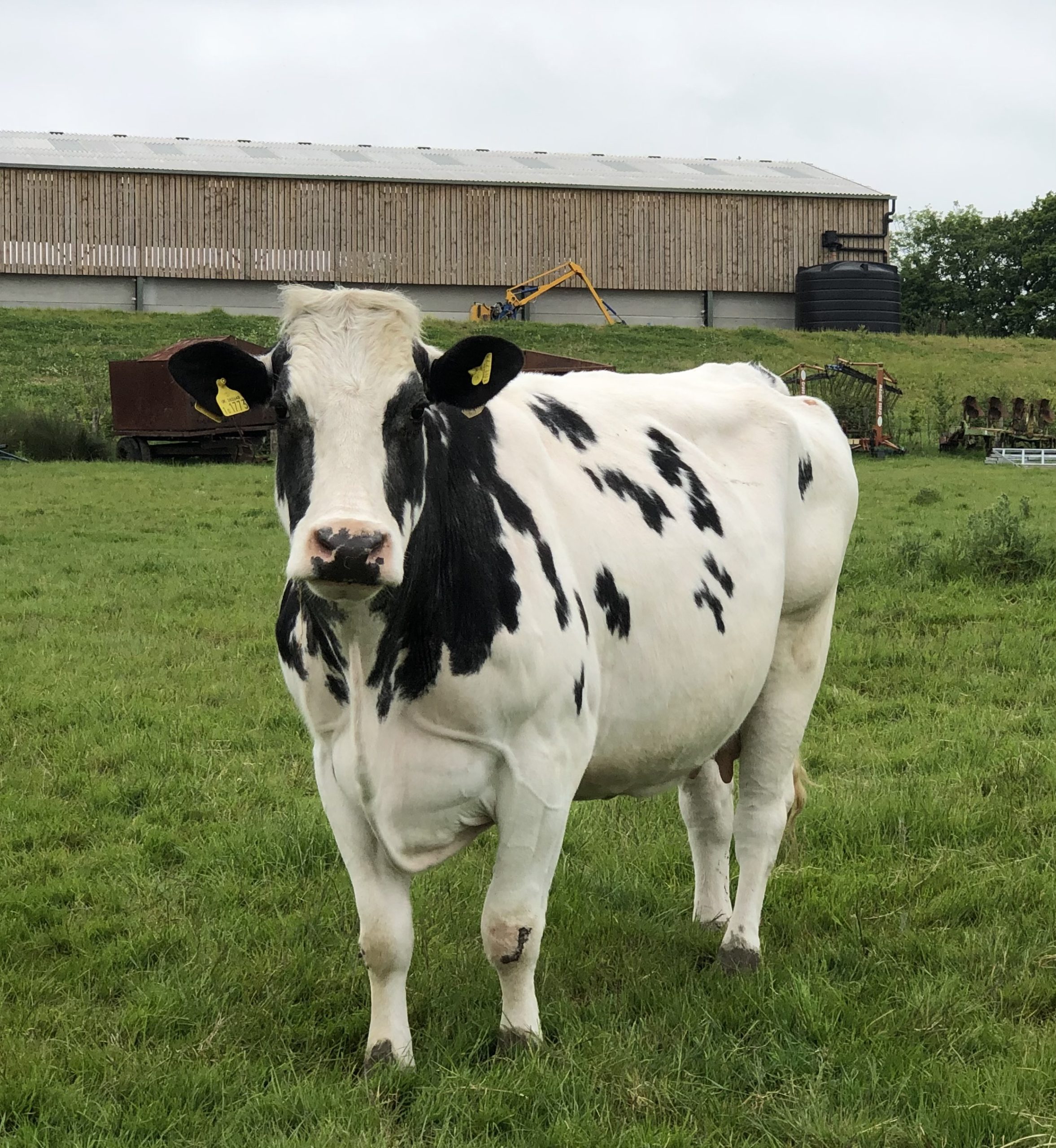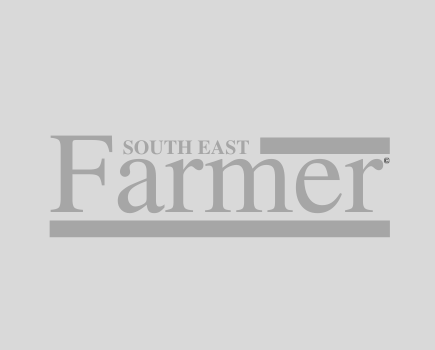I should have known better than saying calving was going well. Although the actual calving wasn’t a problem, it was the get-up-and-drink-colostrum that proved challenging. A strapping calf born overnight laid in the shed amongst the rest of the herd, while the mother was standing at the feed barrier stuffing her face on silage. It was like she was in denial that she had calved; there was a complete disconnect between the two of them. The calf looked empty and had no vigour and the cow was disinterested in it. We penned them together.
This calf took a lot of persuasion to get up and refused to suck. The cow’s udder was full and she wasn’t cooperative. We gave her food and were then able to milk out two litres of colostrum, after much perseverance, dodging of feet, aching hands and choice language. I berated my other half for not having hung onto a milking unit when his father’s dairy cows were sold in the seventies. Anyway, we then had to tube our loot into the calf, which it didn’t appreciate. It kept it alive, however, and later we persuaded it to suck a teat on a bottle.
We tried and failed to get it to drink from its mother. Her udder wasn’t the best design; quite low to the ground, with short and stubby back teats and the front ones long but awkwardly angled. Once the calf had regained its appetite, it insisted that milk should be accessible from every other part of its mother’s body other than the actual bag. Having the patience to deal with a headstrong calf is frustrating, especially when you’re tired from lambing.
Milking this cow out on a regular basis wasn’t an option. We sourced some calf milk powder and, when feeding it, held the bottle down as low to the ground as the cow’s teats. We then gradually coaxed the calf to transfer onto its mother’s teats, which was no mean feat. The cow finally acknowledged that the calf was hers and, Alleluia, 48 hours later disaster had been averted.
This added stress took precious time and made me question whether lambing and calving at the same time is such a great idea. But from herd and flock point of view, with the spring grass good for milk production, it seems like the optimal time. Neither shepherd nor herdsman is willing to move dates.
It’s at these busy times when mistakes happen; it just shows that we are human, doesn’t it? Other half and I were working together in a harmonious kind of way, emptying out the cattle shed. Sadly, this scene is not ‘open the shed doors, letting cattle into the adjoining field to frolic around in the lush grass’. The reality was sorting cows, accompanied by the correct calf, into batches and loading into our trailer, then ferrying them down to their summer grazing.
Despite vigilant checking of the paperwork by yours truly, we managed to mismatch one pair. We rectified this error late in the day, luckily culminating in happy reunions. Other half said: “Don’t tell Nigel.”
It would be easy to get confused by the alarming assortment of milk in our farmhouse kitchen at the moment. There’s replacement lamb milk, colostrum, calf milk, pasteurised milk and raw milk plus breast milk for youngest grandchild. Labelling is key. We mostly get the right milk on our cereal.
In an effort to keep energy levels up, I baked a cake, which turned out to have an unusual flavour. I tend to free range with recipes, so I had added some apple to my sponge mixture and then I thought a spoonful of mincemeat and cinnamon would taste good. Unfortunately, I’d forgotten that I’d also made some apple chutney which I’d put into a mincemeat jar. I was in a hurry, lots to do and all that. Apple and chutney cake was an interesting combination; I topped it with lemon flavoured icing to help disguise my misdemeanour. Nigel said it was delicious before I told him about my error.
My food combination was an accident, but I was fascinated to learn that the cheese makers Hazel and Martin are trialing some ice cream containing Pevensey Blue cheese and pear. They are going to be offering it to customers at our next farm gate sale. It certainly sounds different; I’m looking forward to trying it and will keep you updated on its popularity.
The bulk of lambing was over quite quickly, but there’s always a handful that string it out. Wouldn’t you think that if you’d watched 138 of your colleagues produce lambs, you’d have an inkling of how to go about it? I spotted second to last ewe wandering around the field with water bag swinging. She stopped occasionally and peered behind her, as if checking to see if the lambs had dropped out. She took herself through the electric fence and stood next to the rams, one of which thought she might be good to have some fun with. At this stage I decided to intervene.
I’d never have caught her without Brie’s (sheepdog) help and my crook. I was expecting a problem, but no, twins, perfect presentation, she just wasn’t prepared to put the effort into delivering them. I wondered if she’d have any mothering skills, but she did. I sat back on my heels to admire the scene and glanced back at Brie also watching, but 30 yards behind her stood a fox, cheeky fella. To keep the new family safe, I relocated them to the home paddock.
‘Legal beagle’ daughter invited ‘squirrels and beavers’ to the farm. These are younger versions of scouts, girls and boys aged four to eight. We entertained two groups of 25. It was mayhem, the bottle lambs were well fed and the cattle enjoyed copious handfuls of silage. The children loved the experience.
Complaining about the disconnect between town and country isn’t constructive. I believe that communicating with the public and educating the young about farming is paramount to maintaining food security and ultimately safeguarding the future of our countryside.
We’ve enjoyed watching series three of Clarkson’s Farm. Have you?
- Tree-hugging grandson
- Granddaughters ‘helping’ get ready for farm gate sale
- The best way of transporting newborn lambs
- You ok in there?
- Has it stopped raining yet?
- Living life on the edge
- My favourite lamb
- Dog and crook, essential when dealing with crazy sheep
- Successful result
- Only three bottle lambs
- Quickly up, looking for first drink
- Fattening cattle
- Hockham Marsh
- Shall we try cattle work?
- British Blue cow

